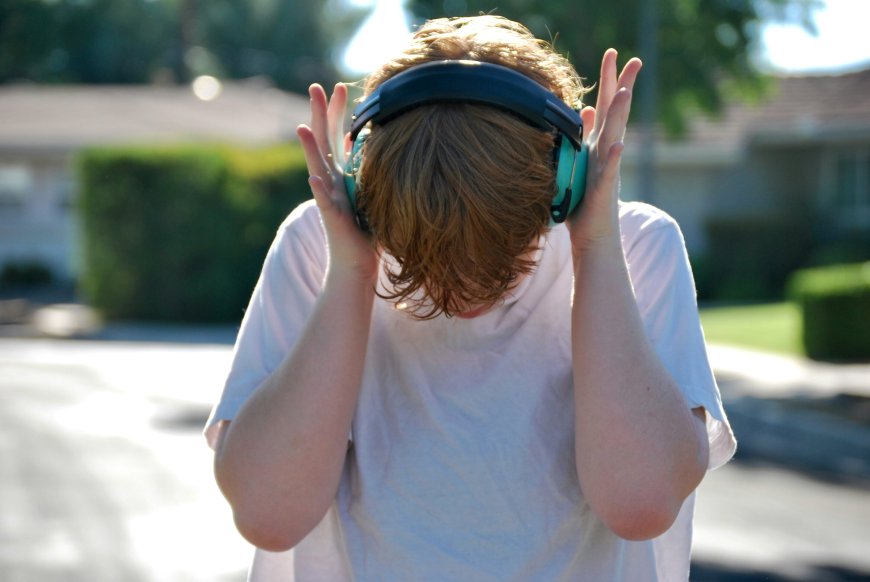Child Hearing Loss More Common in Diverse Families in Australia
Research led by The University of Queensland reveals that children from culturally and linguistically diverse (CALD) families in Australia have a higher likelihood of hearing loss compared to their peers from ethnic majority backgrounds. Factors such as English proficiency and length of residency play a role in this disparity. The study suggests the need for targeted screening programs for school-aged children from recently migrated families.

This article has been reviewed according to Science X's editorial process and policies. Editors have highlighted the following attributes while ensuring the content's credibility:
Credit: Unsplash/CC0 Public Domain
Children from culturally and linguistically diverse (CALD) families are more likely to have hearing loss compared to their ethnic majority peers, research led by The University of Queensland has found.
Researchers analyzed 1,469 children aged 11–12 living in Australia, finding that the children from CALD backgrounds had 58% higher odds of hearing loss compared to peers from ethnic majority backgrounds. The findings are published in Ear and Hearing.
Ph.D. student and audiologist Dumini de Silva from UQ's School of Health and Rehabilitation Sciences said the likelihood of hearing loss was related to several factors, including how well children's parents speak English and how long they have lived in Australia.
\"There were higher odds of hearing loss among children from CALD communities whose primary caregivers were more recent immigrants and reported a lower level of English language proficiency,\" de Silva said.
\"A longer residency in Australia reduces the likelihood of hearing loss among children from CALD backgrounds.\"
The study found other reasons for hearing loss could include genetic factors, as well as barriers to accessing and utilizing health services, such as cultural beliefs, a lack of trust in health care institutions and limited availability of interpreting services in hearing clinics.
Researchers recommended targeted hearing screening programs for school-aged children from recently migrated families.
Senior author Professor Piers Dawes of UQ's School of Health and Rehabilitation Sciences said Australia has one of most diverse populations in the world, with about 1 in 4 Australians who are from a diverse cultural and linguistic background.
\"There is a compelling need to investigate inequalities in hearing among Australian children from diverse communities,\" Professor Dawes said. \"It is essential to understand hearing inequalities and the factors that contribute to it.
\"To our knowledge, we are the first to investigate hearing loss among children from diverse cultural and linguistic backgrounds in Australia using a population-based sample.\"
The study examined hearing test result data collected from the 2015 Child Health Checkpoint in the Longitudinal Study of Australian Children. It did not include children with Indigenous backgrounds.
de Silva said future research should further investigate reasons for hearing loss that could then help develop prevention strategies and early detection and intervention programs.
\"By understanding factors contributing to hearing loss, strategies can be developed to address hearing loss early,\" de Silva said. \"Missed or delayed intervention for hearing loss can have lifelong consequences for educational achievements and quality of life.
\"It is also important for CALD communities to understand how common hearing loss is among their children; this is essential in setting this disproportion right.
\"This would allow parents and caretakers of children from CALD backgrounds to make more informed decisions regarding their children's hearing health and seek timely advice.\"
More information: Dumini de Silva et al, Hearing Loss in Children From Culturally and Linguistically Diverse Communities in Australia, Ear & Hearing (2025). DOI: 10.1097/AUD.0000000000001695
What's Your Reaction?
 Like
0
Like
0
 Dislike
0
Dislike
0
 Love
0
Love
0
 Funny
0
Funny
0
 Angry
0
Angry
0
 Sad
0
Sad
0
 Wow
0
Wow
0















































































































































































